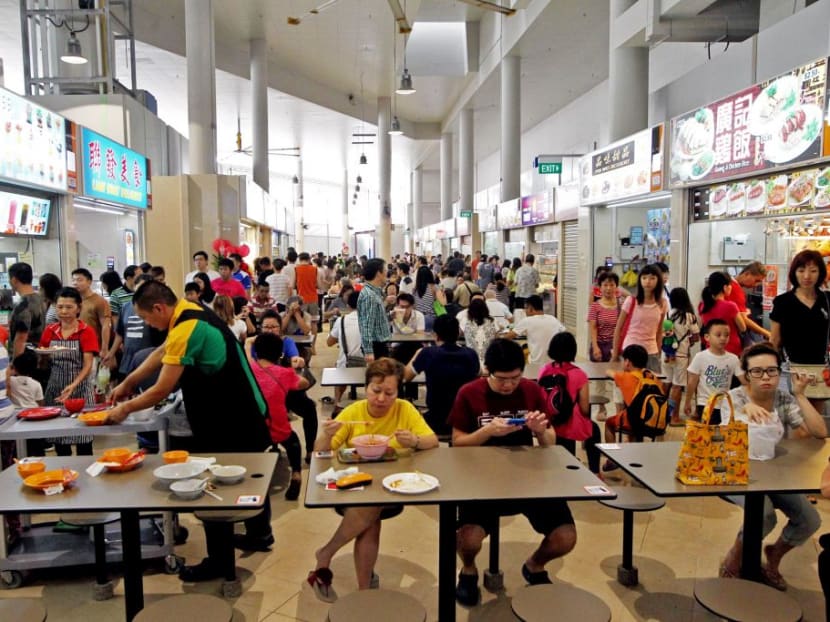Poor consultation and communication at heart of hawker centre fracas
I refer to the feature, “The Big Read: Grumbling and rumbling at social enterprise hawker centres — what’s the rub?” (Oct 20).
I refer to the feature, “The Big Read: Grumbling and rumbling at social enterprise hawker centres — what’s the rub?” (Oct 20).
Given the “allegations of poor management practices as well as high rentals and auxiliary costs at social enterprise-run hawker centres”, this excellent piece of reporting gets to the crux of the fracas.
There is poor and non-representative consultation when policy ideas are gathered and submitted to the Government.
There is also fragmented or non-existent communication between hawkers and the operators of these social enterprise-run hawker centres, which means the hawkers have to rely on public or social media outrage for changes to be made — as seen by the issues that have surfaced and the developments that have unfolded in recent weeks.
The final points about how food items ought to be priced, as well as how the needs of low-income Singaporeans and those of the hawkers — which are tied to the persistent perception that “cheap” food should be the norm — are important, too, but are less likely to be addressed in the near future.
On poor and non-representative consultation, TODAY astutely pointed out that representation has been a big problem for the 2011 Hawker Centres Public Consultation Panel and the 2016 Hawker Centre 3.0 committee.
A common defence is that members of these panels or committees do reach out — through focus group discussions or interviews, for instance — to hawkers to solicit their feedback, but representativeness is critical not only for symbolic reasons, but also for how agendas are determined in the first place.
The three objectives of improving hawker centre productivity, of enhancing the hawker centre as a social space, and promoting graciousness, laid out by the 2016 committee, for instance, do not appear to relate to more direct or immediate concerns experienced by the hawkers.
The extent to which these recommendations have been effective or well-received on the ground, moreover, is not always clear.
And on fragmented or non-existent communication, the fact that the hawkers have had to turn to more indirect channels to get attention, such as through the media, and the Facebook and website posts made by prominent food critic KF Seetoh, seems to only confirm the problematic status quo.
In addition, that only one of the five social enterprise operators responded to queries by TODAY is not encouraging.
This may suggest that consultation should not be a periodic endeavour, but should instead be a diverse and continuous process, through which hawkers and their stakeholders can raise concerns whenever the need arises.







